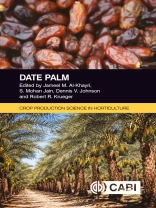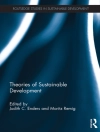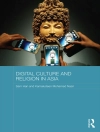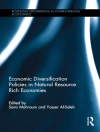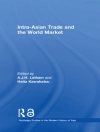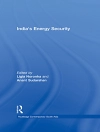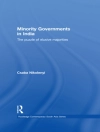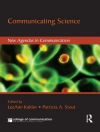Date palm (Phoenix dactylifera L.) is a tree belonging to the palm family (Arecaceae) and is cultivated for its sweet edible fruits. Over the past century, it has become a major commercial fruit crop and a key component of agricultural production in the world’s subtropical arid and semiarid regions. A crop suited both to the low-input small-farmer and the modern high-input commercial plantation, the date palm provides a livelihood for millions of people living in marginal land areas where farming options are restricted. Date palm is mainly grown for its fruits, but the whole tree is utilized.
Research into date palm improvement for fruit production in recent decades has brought about improved elite cultivars, stress and pathogen resistance, and enhanced postharvest technologies. These developments have led to revised recommendations for date palm producers, and increased opportunity to promote novel fruit products.
This book provides:
· A practical manual on modern date palm cultivation methods.
· Best practice guidelines for optimal production levels of high-quality fruit.
· Opportunities for more complete utilization of date palm products at both the subsistence and commercial levels of production.
With contributions from leading international experts, this is a valuable resource for researchers and students in horticulture, as well as date palm growers and processors.
About the author
Dr. Robert R Krueger is a native of California. He grew up in an agricultural environment and this interest lead to a MS in Plant Science from the University of California, Riverside, and eventually to a Ph D in Plant Physiology from the University of California, Davis. Since receiving his doctorate, he has worked as a Horticulturist at the USDA-ARS National Clonal Germplasm Repository in Riverside, California, where he is the Curator of the national collections of genetic resources of citrus, date palms, and related taxa. As Curator, he is responsible for acquisition, maintenance, distribution, and evaluation of these plant genetic resources. His research interests and activities include phytosanitary considerations, genetic relationships, ecophysiology, nursery practices, and cultural associations of the crops.
